I'm drawing a SEQUENCE DIAGRAM o a Public Phone (PP) system. What I am trying to do is : - A message for : The caller enters money and sends a call request with the callee phone number - A message for : PP Calculates the duration time of the call - A message for : PP printing call duration limit to the CALLER - A message for : The caller and the callee communicates during the call time calculated --> this message is sort of a duration message - A message for : PP detecting end of call time - A message for : For ending comunication
Below is a picture of what I'm trying to do:
How SHOULD I properly reprensent the Messages (especially Message 4 and the others after it ) WITHOUT a LOOP fragment here ? So that the duration is still obvious with the oblique line ...and that Message 10 is the one closing the duration of Message 4
LAST altered diagram <--- OK !!!
I think that one sums up what you've both said




